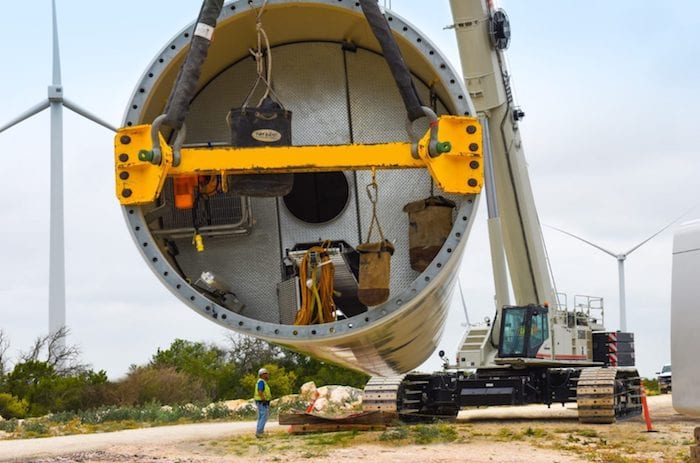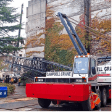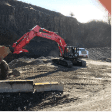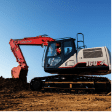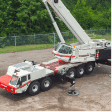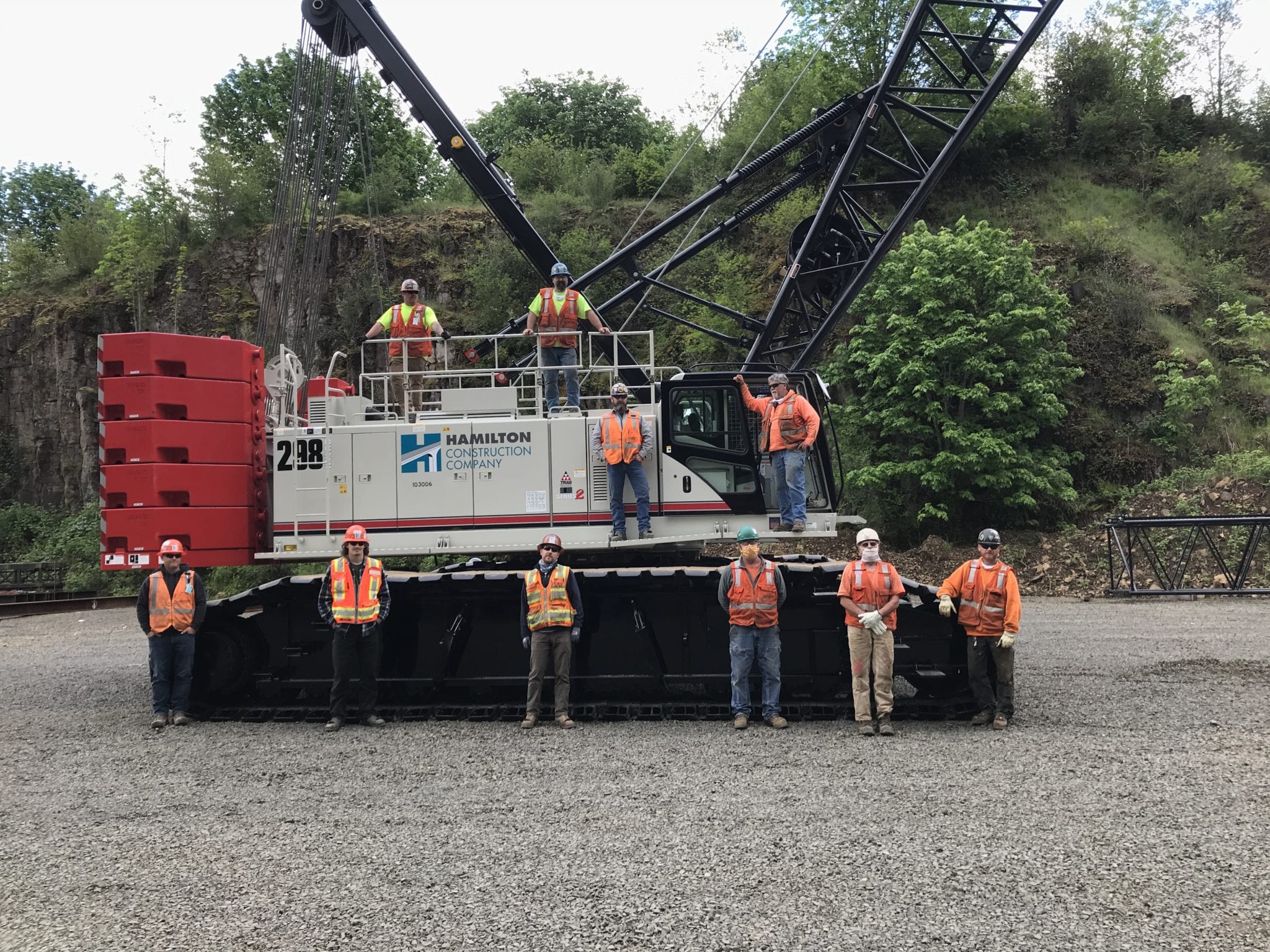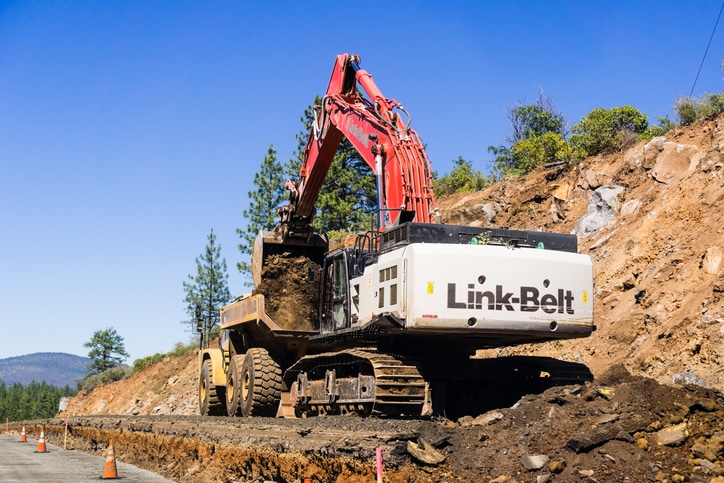Whether it’s involved in construction or demolition, industrial or agricultural, maintenance or repair, there are thousands of uses for cranes. From hoisting public utility crews for powerline service or lifting hundreds of tons of material hundreds of feet in the air, there’s a crane for every situation.
However, not every crane can be used for every situation, nor are they ready for every situation. Tower cranes are perfect for skyscraper construction, but not at all feasible on a wind farm. Mobile and agile boom trucks are found at almost any large construction site, even helping erect other cranes. But they aren’t designed for the heaviest loads.
They all have one thing in common though: sudden changes in the weather can make any lifting job that much more difficult. Even with the crane technology of today, any unexpected high winds can turn the simplest lifts dangerous. For the equipment, materials, crane operator, and anyone else in the vicinity.
Understanding the Effects of Wind
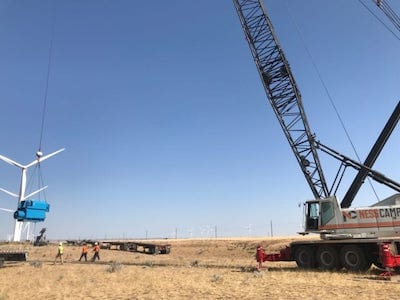 Regardless of size, wind shows no favoritism. From the smallest carry decks to the largest all-terrain and crawler cranes, operators need to be aware of how the wind may affect their lifts. Even though larger cranes weigh significantly more when you include the added counterweight, the effect of the wind on the lifted load, booms, and/or jibs can still be catastrophic to the equipment if not appropriately accounted for.
Regardless of size, wind shows no favoritism. From the smallest carry decks to the largest all-terrain and crawler cranes, operators need to be aware of how the wind may affect their lifts. Even though larger cranes weigh significantly more when you include the added counterweight, the effect of the wind on the lifted load, booms, and/or jibs can still be catastrophic to the equipment if not appropriately accounted for.
Newer crane operator cabs have wind speed indicators that inform the operators of current wind conditions. Link-Belt cranes also include weather radios in their cabs to keep the operators up to date with live weather conditions. Without these safety operator aids, crane operators must rely on outside resources for delivering vital information. Looking at weather reports beforehand will give operators, safety managers, and project managers a way to plan the day.
All cranes use load charts that are prepared as if there is no wind. Because of that, manufacturers also list wind limits when the crane is in use, such as maximum wind gusts before the crane must stop or decrease operations.
Generally speaking, cranes should proceed with extreme caution when winds are between 0-20 mph. Capacity deductions vary based on crane model and boom length between 20-39 mph. All crane operations must be shut down and the boom retracted and lowered to horizontal when wind speeds exceed 40 mph.
Cranes can especially be affected by windy conditions when:
- The load being lifted has a wide surface that could catch the wind
- For higher lifts, the higher the elevation, the gustier the winds
- The radius of the lift – one of the pre-lift determinations for safety – will be affected if the wind comes from behind the crane
- Wind from the side will affect the verticality of the boom
- When working between tall structures, be aware of “wind tunnel” effects, such as swirling and faster wind speeds.
Wind can affect other aspects of a lift, such as blowing dust that obscures the visibility between a crane operator and their lift or signal person on the ground. Heavy rain, snow, or fog can also create these situations. A crane operator should never be “flying blind.”
How to Handle High Winds
The occasional light gust should always be considered, but if the winds are below 20 mph, normal lifting operations may continue as planned. It is always important to think about decreasing the angle of the lift, the weight of the load, or the height of the lift if at all possible.
If higher winds are a probability, postponing the lift is always an option. This will affect timelines of course, but a lost day is much better than lost materials, broken equipment, or especially serious injuries and/or death. Safety managers should be consulted before the start of every day.
In cases of changing weather, lifts can continue if there is a plan in place in case high winds are reported nearby. Place the load safely, retract the boom or jib, and pause the lift until the weather has passed.
Preparation Is Key
While the wind may be felt with a certain force at the ground level, conditions may be quite different 100 feet in the air. That’s why the Specialized Carriers & Riggers Association (SC&RA) developed The Severe Weather Guidelines for cranes and riggers. These guidelines spell out what to do during the most inclement weather.
This includes tornados, hurricanes, thunderstorms, high winds, ice, and snow. These guidelines cover pre-inspections before, during, and after a lift when weather conditions could be a factor. Although these guidelines aren’t meant to take the place of usual preparations before work, they should be considered a supplement to what is already in place.
With several locations throughout the Pacific Northwest, Triad Machinery understands the importance of safety even when performing light lifts. When we sell or rent a crane, we recommend always following the OEM’s (Link-Belt Cranes) Wind Speed Restrictions in the Crane Rating Manual, which are included with every crane rental. Have a need for a crane for an upcoming construction project? Contact Triad Machinery today.

